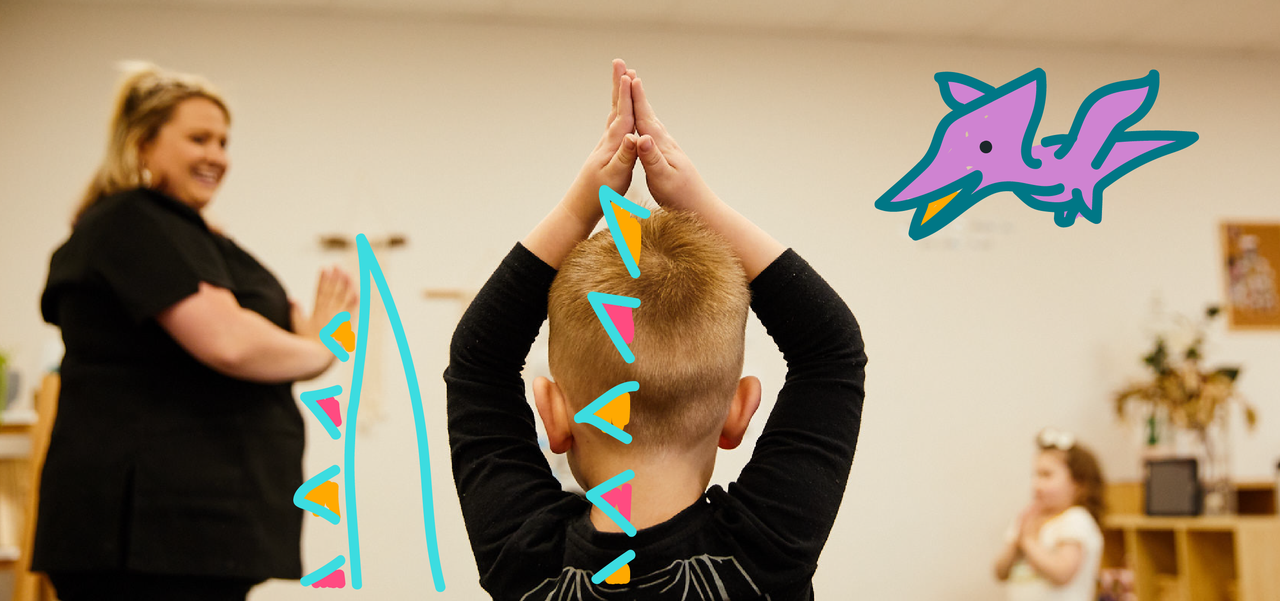
Visit a child care centre these days, and you won’t find children sitting idly with nothing to do. Far from it! Children’s extra-curricular activities are vast and varied, with everything from yoga to dancing, sports to music.
Today we explore five ways that child care has changed over the years in terms of what’s on offer.
1. Learning a language
Children at child care are at the ideal age for learning a second language. Pair this with the many bilingual educators at centres these days, and you’ve got native speakers there to teach the children. Popular languages include Spanish, Vietnamese, Japanese and Mandarin.
Christian is a parent from Sesame Lane Sesame Lane North Lakes McLennan Court who shares ‘One thing I’ll never forget is when our son started getting in the car one day and referring to animals in Japanese. The fact that he was learning Japanese already at a young age, and learning it quite well...you get that insight into what’s really going on during the day and see how much they truly are learning.’
For the educators at this centre, they make the most of their bilingual educators to help settle new children in. Tracy, the service manager, says ‘This centre is a very multicultural centre. The way we incorporate this into our programming is we utilise those staff who may speak a specific language to help support a child that’s new into care.'
2. Messy play
Children LOVE to get messy, that’s for sure. Educators have found the benefits outweigh the cleaning, as the children become immersed in their play when they’re allowed to make a mess.
Whether that’s mud play and mud kitchens or water play and splash parks, the children can enjoy amazing open-ended play opportunities that are hard to replicate elsewhere.
So long as they’ve got a spare set of clothes in their bag, the educators don’t mind! For the parents, it’s a great selling point for the centres, and they say they don’t mind the extra washing when it makes the children so happy.
3. Nutritionists designing menus
Back in the day it was sandwiches and fruit at best, but these days child care centres have nutritionists designing their menus. At Niño Early Learning Adventures Saratoga Estate (Point Cook) the centre was privileged to have nutritionist and Olympic gold medallist Lauren Burns on board.
Lauren collaborated with the centre chefs to come up with a ‘fresh, seasonally influenced and nutritionally balanced menu that tastes great and enhances wellbeing,’ explains Centre Manager Claudia de Arbizu.
In many centres, children are also encouraged to get involved with cooking classes and demonstrations. Giving them hands-on activities such as this is a great way to reduce fussy eating behaviours, encourage healthy eating, and develop a love of cooking.
4. Yoga and mindfulness
When you think of children, words like quiet, calm and mindfulness aren’t always top of mind. But educators are seeing the benefit in encouraging children to slow down, listen to their bodies, and take part in experiences such as regular yoga sessions.
Not only that, they’re encouraging children to move their bodies in other ways, such as sports, dance, gymnastics and music.
Stacey is an educator and yoga teacher at Leopold Early Learning Centre in Victoria. She often shares photos and stories from her yoga sessions with the centre’s families on the Facebook page. ‘Children are always proud of what they can achieve and are able to confidently share the new knowledge they have gained after the yoga sessions with their peers and educators,’ Stacey explains.
5. Sustainability focus
Child care centres today use their position as a way to impart knowledge about the planet and sustainability.
This might mean teaching children from a very young age about recycling old boxes and egg cartons for craft, digging in the veggie patch to plant some seedlings, or starting a compost heap for the lunchtime scraps.
There is so much that the educators can teach our children about their role in protecting the planet. Things like collecting rainwater for the plants, looking after chickens and using their eggs in the centre’s meals, and teaching the children to switch off lights when not in use. It all adds up to a more positive future for our little ones.